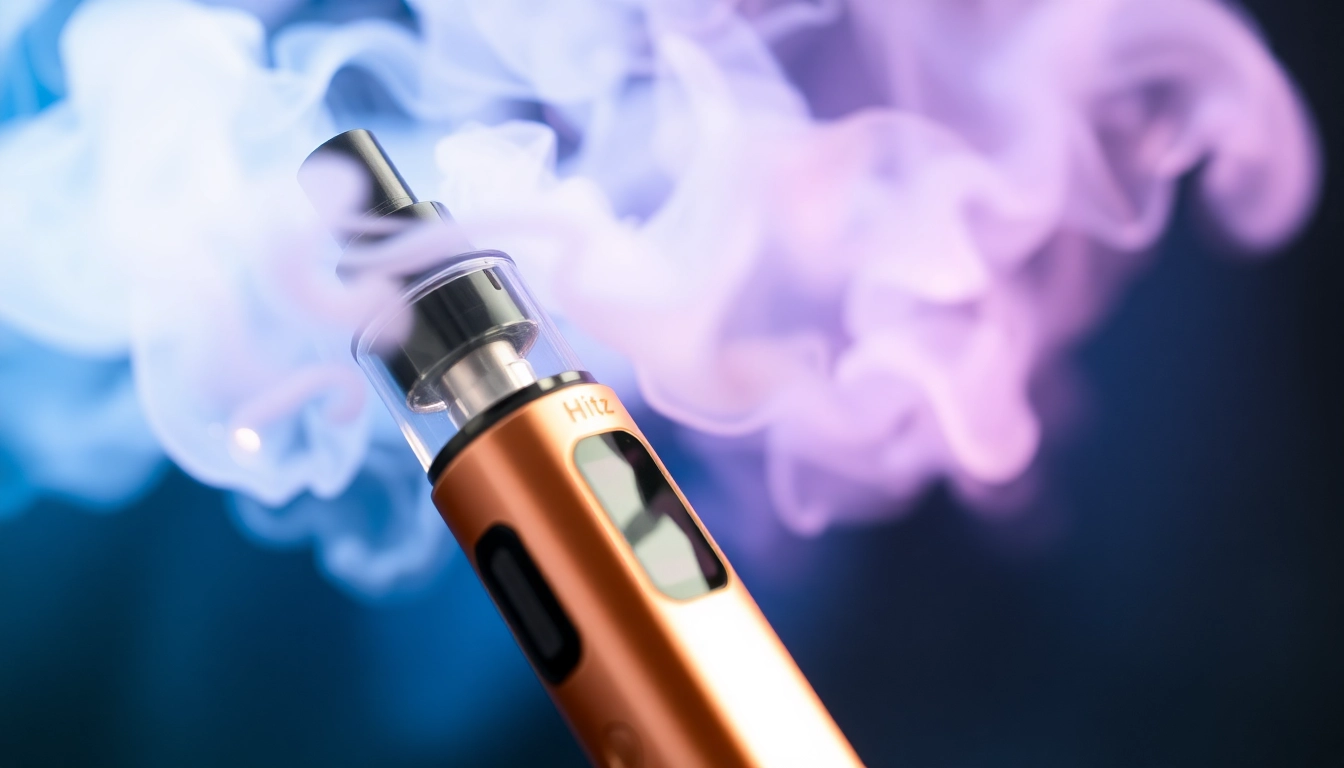
Understanding Botox Behandlung
In recent years, the popularity of Botox Behandlung has skyrocketed as more individuals seek non-surgical solutions to combat the signs of aging and other aesthetic concerns. Company history and technological advancements in cosmetic dermatology have contributed to the widespread acceptance of Botox as a safe and effective treatment. This article aims to provide comprehensive insights into Botox treatment, including its mechanism of action, benefits, risks, costs, and post-treatment care.
What is Botox and How Does It Work?
Botox, scientifically known as botulinum toxin type A, is a neurotoxic protein produced by the bacterium Clostridium botulinum. Though it is known for its potentially life-threatening effects in larger doses, in a controlled medical setting, it is widely used in small quantities for various therapeutic and cosmetic purposes. Botox works by blocking the signals from nerves to muscles, which causes the muscles to relax. This relaxation reduces the appearance of fine lines and wrinkles, primarily by inhibiting the muscle contractions that contribute to their formation.
Common Uses for Botox Behandlung
While most people recognize Botox for its wrinkle-reducing capabilities, its applications extend far beyond aesthetics. Here are some common uses:
- Cosmetic Applications: Primarily used for smoothing forehead lines, crow’s feet, and frown lines between the eyebrows.
- Medical Uses: Treating medical conditions such as chronic migraines, excessive sweating (hyperhidrosis), and certain muscular disorders. It is also FDA-approved for conditions like blepharospasm (involuntary blinking) and strabismus (crossed eyes).
- Other Conditions: Emerging research is investigating Botox’s potential in treating depression and overactive bladder.
Botox Treatment Process Explained
Understanding the treatment process can help clients feel more prepared and assured. Here is a step-by-step breakdown:
- Consultation: Prior to the procedure, a detailed consultation with a qualified practitioner is essential. During this session, the practitioner assesses the patient’s medical history, discusses desired outcomes, and sets realistic expectations.
- Preparation: The treatment area is cleaned and, if necessary, a topical anesthetic might be applied to minimize discomfort.
- Injection: Using a fine needle, Botox is injected into specific muscles. The number of injections and the amount of Botox used will depend on the individual needs and treatment goals.
- Post-Treatment: Patients can typically return to their normal activities immediately after the appointment, although they are advised to avoid strenuous exercise for 24 hours.
Benefits of Botox Behandlung
Anti-Aging Effects and Skin Smoothing
The primary allure of Botox treatment is its ability to provide significant anti-aging effects. By temporarily relaxing facial muscles, Botox diminishes the appearance of lines and wrinkles, leading to smoother, more youthful skin. Many patients report high satisfaction rates with the results, claiming visible improvements soon after treatment.
Non-Surgical Options for Various Conditions
Botox offers a non-invasive alternative to surgical procedures, appealing particularly to those hesitant to undergo surgery or anesthesia. The procedure typically lasts only about 15 to 30 minutes, making it easy to fit into a busy schedule. Furthermore, since Botox treatments are outpatient procedures, patients can resume their daily activities immediately after treatment.
Enhanced Confidence: Psychological Benefits
Beyond the physical enhancements, many individuals experience psychological benefits from receiving Botox treatment. Improved appearance can lead to increased self-esteem and confidence in social situations. People frequently report feeling more positive and self-assured following their treatments, which can positively impact personal and professional spheres of life.
Risks and Considerations in Botox Behandlung
Common Side Effects to Be Aware Of
Like any medical procedure, Botox treatment carries some risks. Common side effects are generally mild and temporary, including:
- Pain or swelling at the injection site
- Headaches
- Bruising
- Flu-like symptoms
- Nausea
Serious side effects are rare but can include allergic reactions, vision problems, or breathing difficulties. Any unusual or severe symptoms should be reported to a healthcare professional immediately.
Are There Contraindications for Treatment?
While many individuals are suitable candidates for Botox, certain contraindications exist. Individuals with allergies to botulinum toxin or any component of the preparation, those with skin infections at the injection site, or those who have certain neurological disorders may be advised against treatment. Pregnant or breastfeeding women are also generally advised to avoid Botox.
Choosing a Qualified Practitioner
One of the most critical factors in ensuring a safe and effective Botox treatment is selecting a qualified practitioner. Look for licensed healthcare providers, such as dermatologists or plastic surgeons, with extensive experience in administering Botox. Patient reviews and before-and-after photos can provide additional insight into the practitioner’s expertise.
Cost of Botox Behandlung: What to Expect
Price Factors: Location and Expertise
The cost of Botox treatments varies widely depending on several factors, including geographical location, the practitioner’s experience, and the number of units of Botox required. On average, patients can expect to pay between $10 to $30 per unit of Botox. The total cost will depend on the treatment area and the total units required to achieve desired results.
Insurance Coverage and Payment Plans
In many cases, Botox treatment for cosmetic purposes is considered elective and is not covered by insurance. However, treatments for medical conditions like chronic migraines or excessive sweating may qualify for insurance coverage. In such cases, a thorough discussion with both the insurance provider and patient’s healthcare practitioner can clarify coverage options. Additionally, many practices offer financing options or payment plans to help manage costs.
Comparing Botox Costs with Other Treatments
When considering Botox, patients often wonder how it compares to other anti-aging treatments, such as dermal fillers, laser resurfacing, or facelift surgeries. While Botox treatments tend to be less expensive and require less downtime compared to surgical options, fillers may offer varying results and longevity. A comprehensive understanding of each treatment’s costs, benefits, and potential outcomes is essential for informed decision-making.
Post-Treatment Care After Botox Behandlung
What to Expect During Recovery
Post-treatment recovery for Botox is generally rapid and straightforward. Most patients return to their normal activities immediately, but it’s advisable to avoid strenuous exercise for at least 24 hours. Patients may notice some minor swelling or bruising at the injection site, which typically resolves within a few days. It’s essential to allow the Botox to settle and take effect, which can take anywhere from 3 to 14 days.
Tips for Maximizing Results
To maximize the benefits and longevity of Botox results, patients should adhere to several guidelines:
- Avoid rubbing or massaging the treated areas for at least 24 hours.
- Stay upright for four hours post-treatment to prevent the toxin from migrating.
- Follow up with your practitioner as indicated for any concerns.
When to Follow Up with Your Practitioner
Regular follow-up appointments are essential to maintain the desired results and adjust treatment plans as needed. Most patients will require touch-ups every three to six months, depending on their individual response to treatment. Monitoring how the body reacts to Botox over time is crucial to finding the optimal treatment schedule and dosage.







